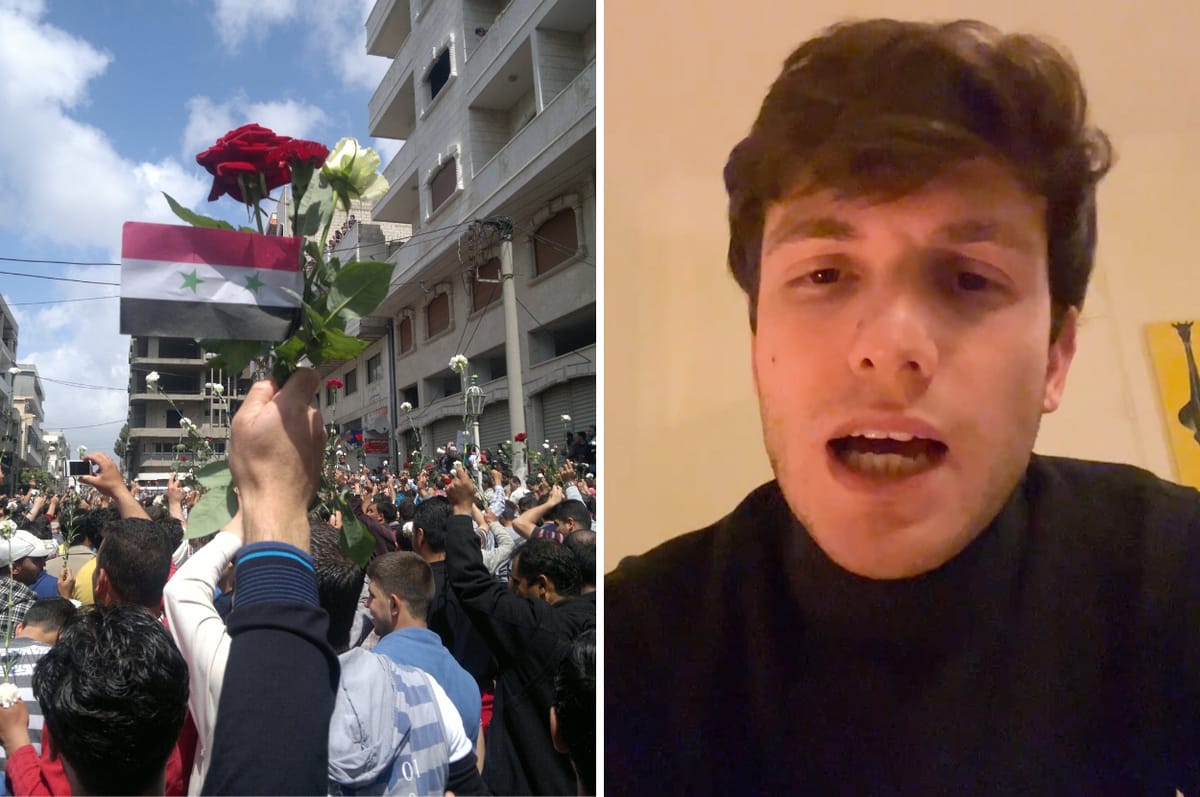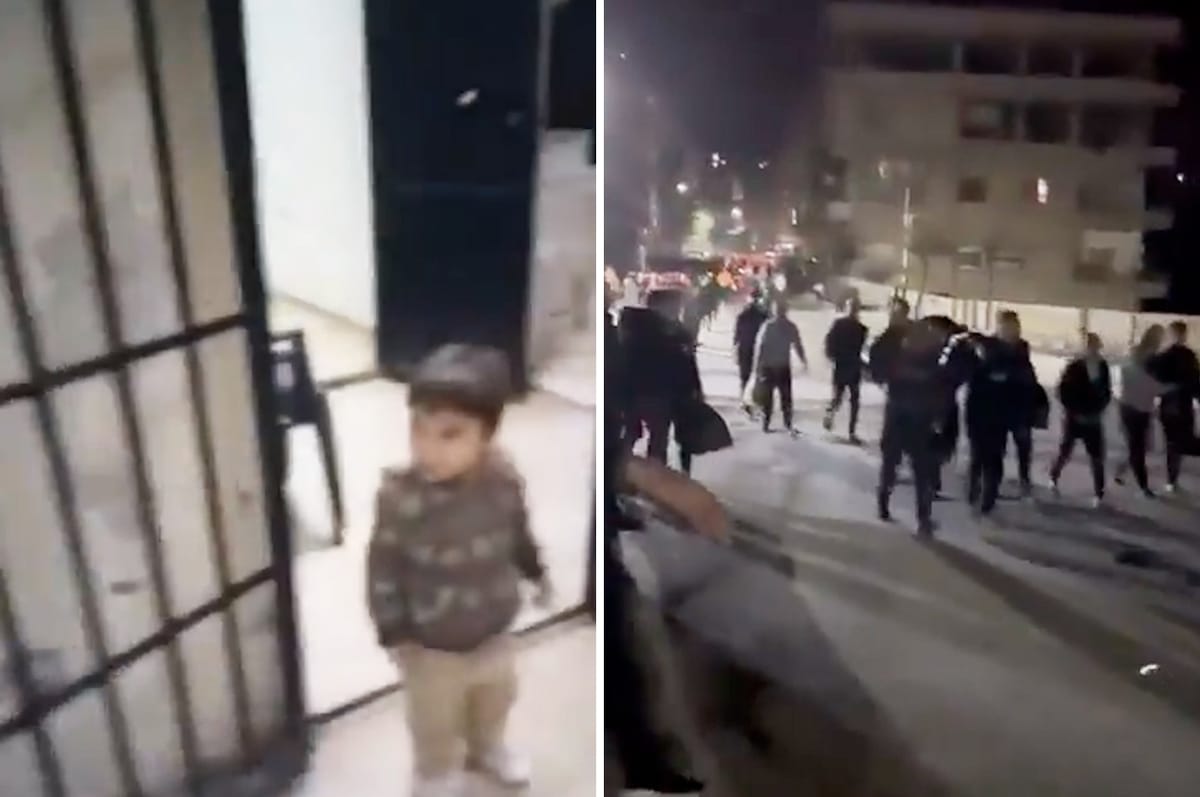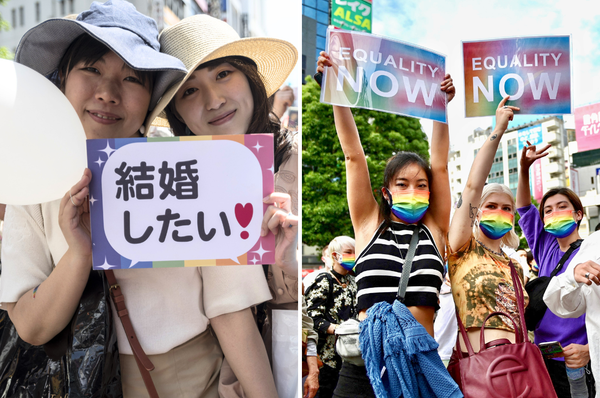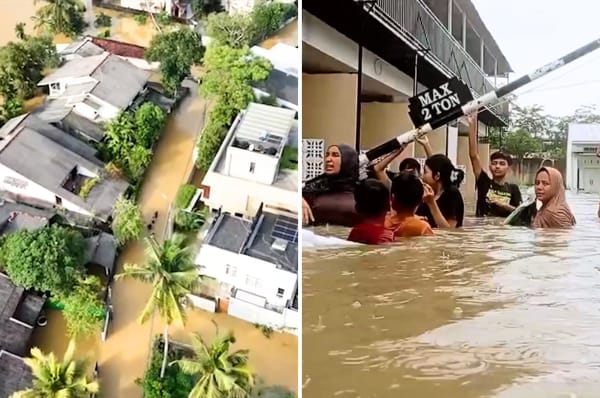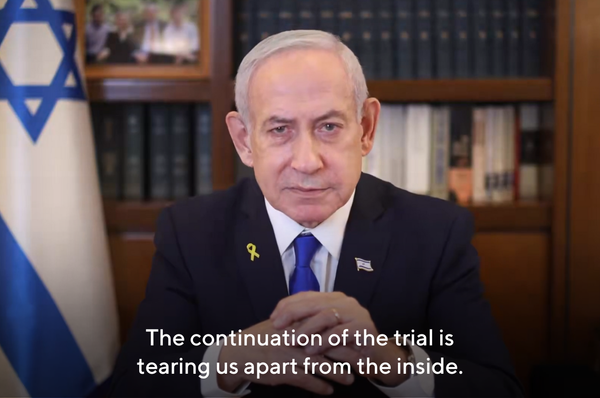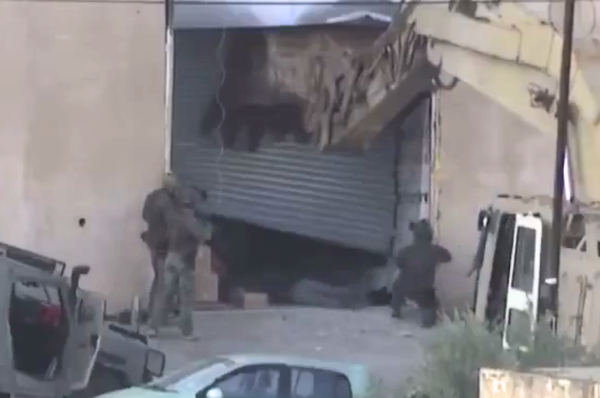Syria's Brutal 13-Year Civil War And The Fall Of The Assad Regime, Explained
How peaceful protests against the Assad government turned into a brutal 13-year civil war.
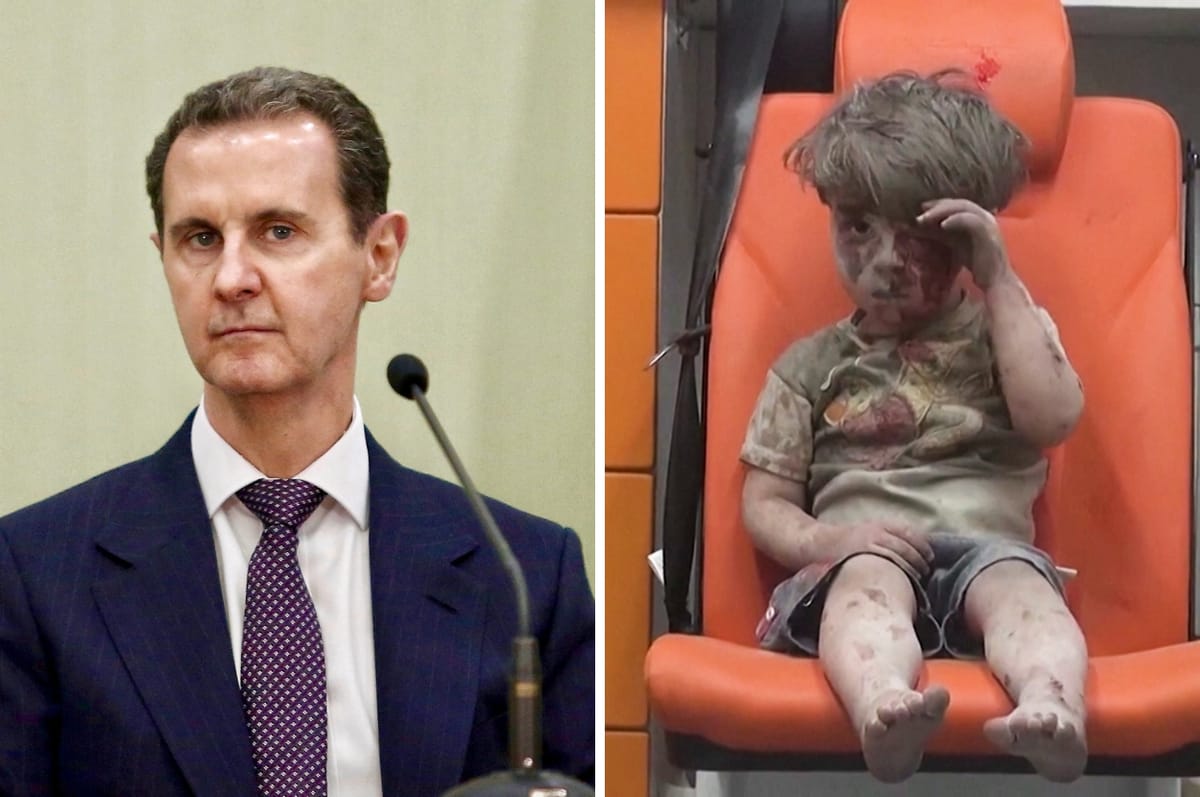
Syrian rebels have finally toppled Bashar al-Assad's regime after a brutal 13-year civil war.
Here's how we got here.
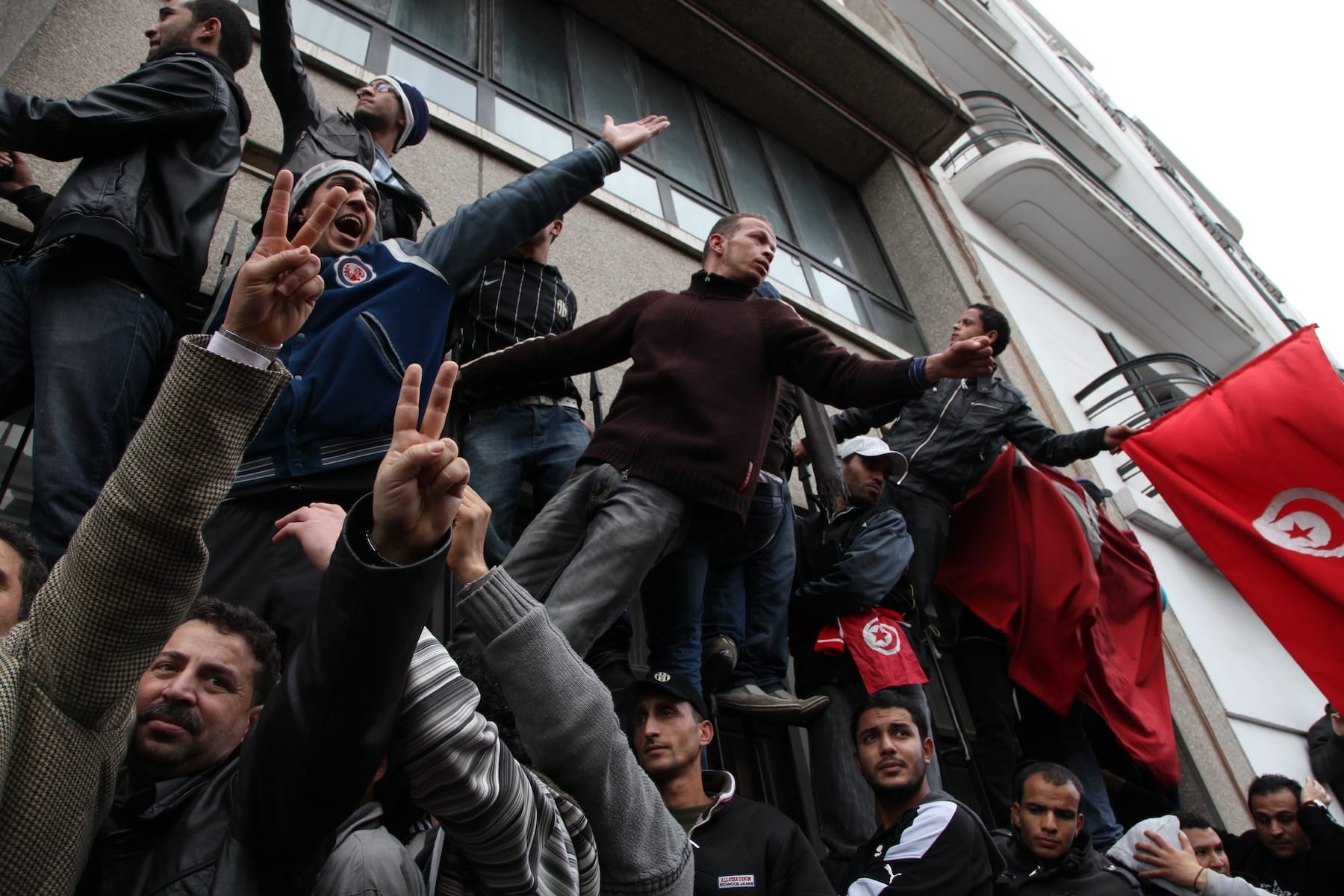
In 2011, a series of pro-democracy protests and uprisings, known as the Arab Spring, swept through the Middle East.
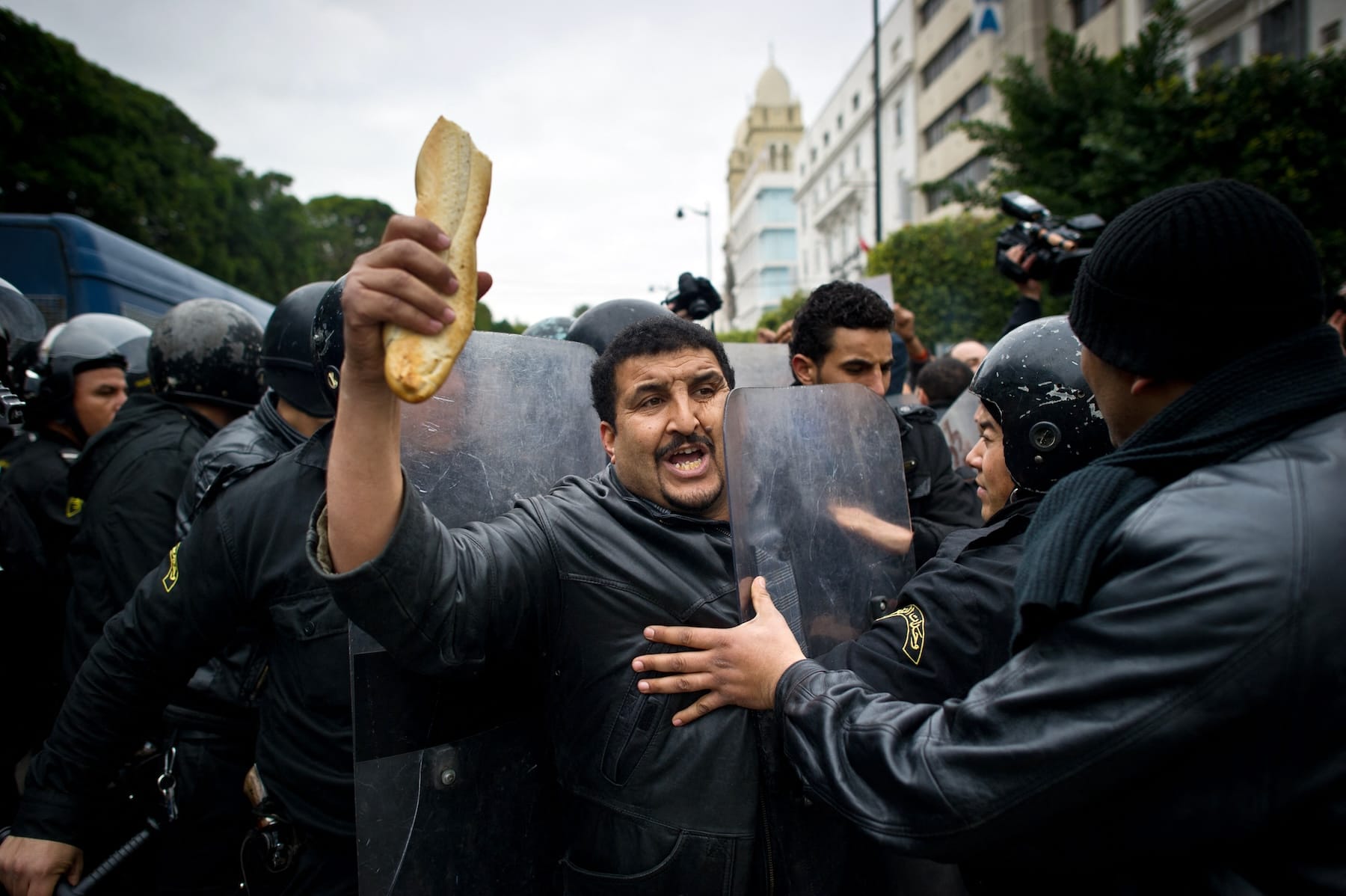
Inspired by the uprisings in Tunisia and Egypt, protests also erupted in Syria on March 15, 2011, with Syrians demanding political reforms and an end to the decades-long al-Assad family rule.
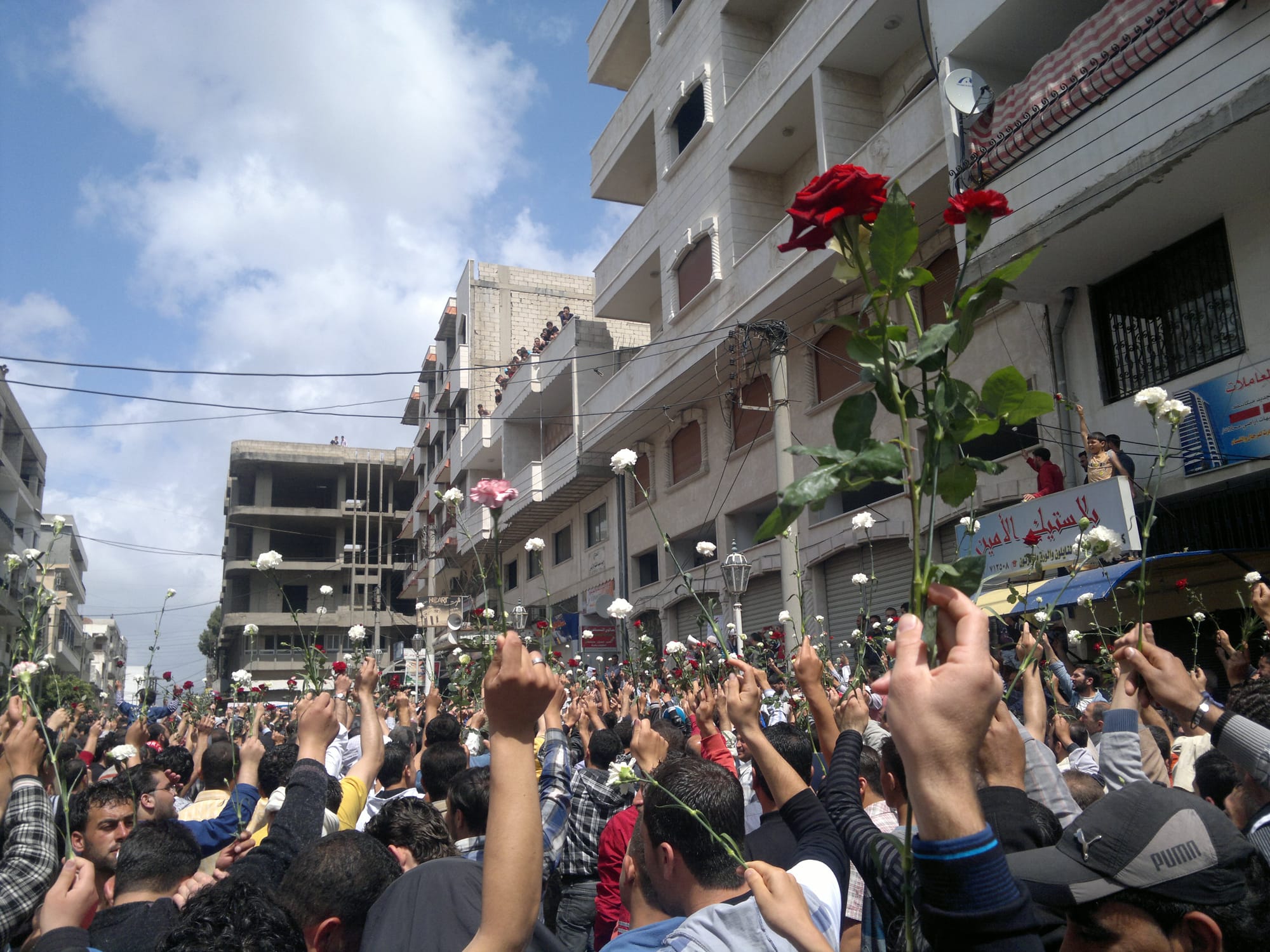
The protests started as peaceful demonstrations after teenagers who painted anti-government graffiti were arrested and tortured.
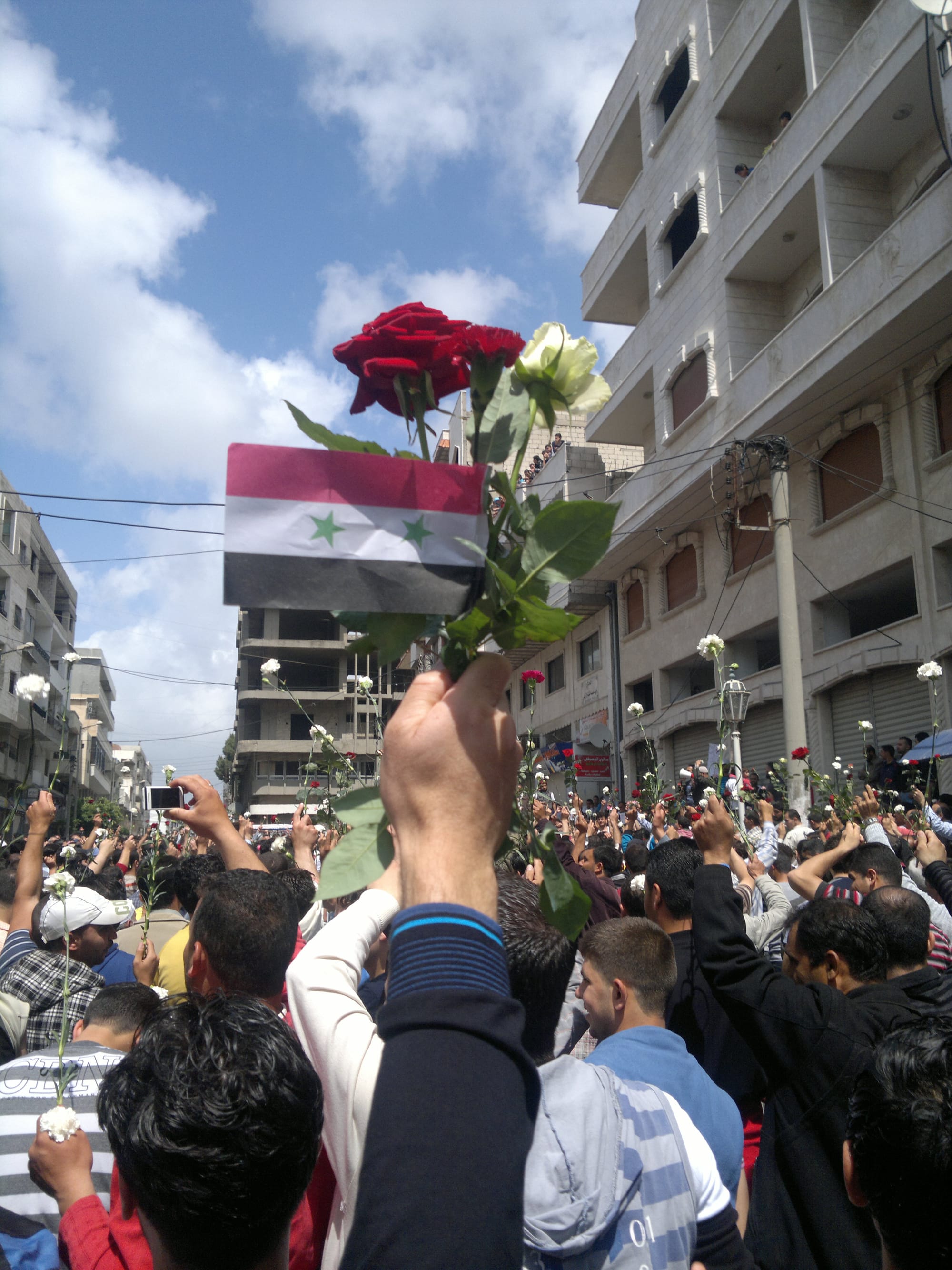
But President Bashar al-Assad's government responded violently, deploying security forces to suppress the protests.
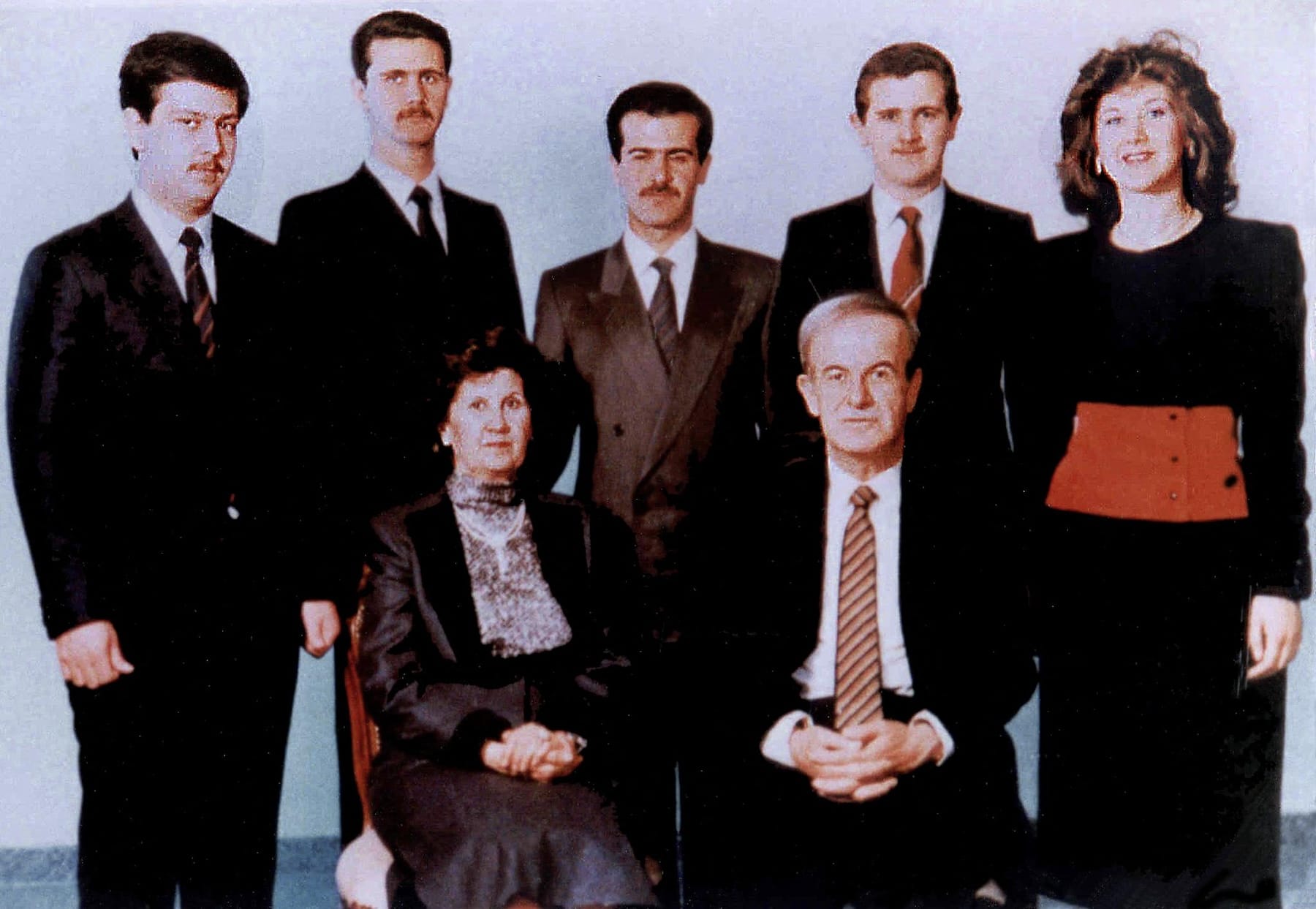
Security forces fired live ammunition on demonstrators, and mass arrested and tortured them in detention centers.
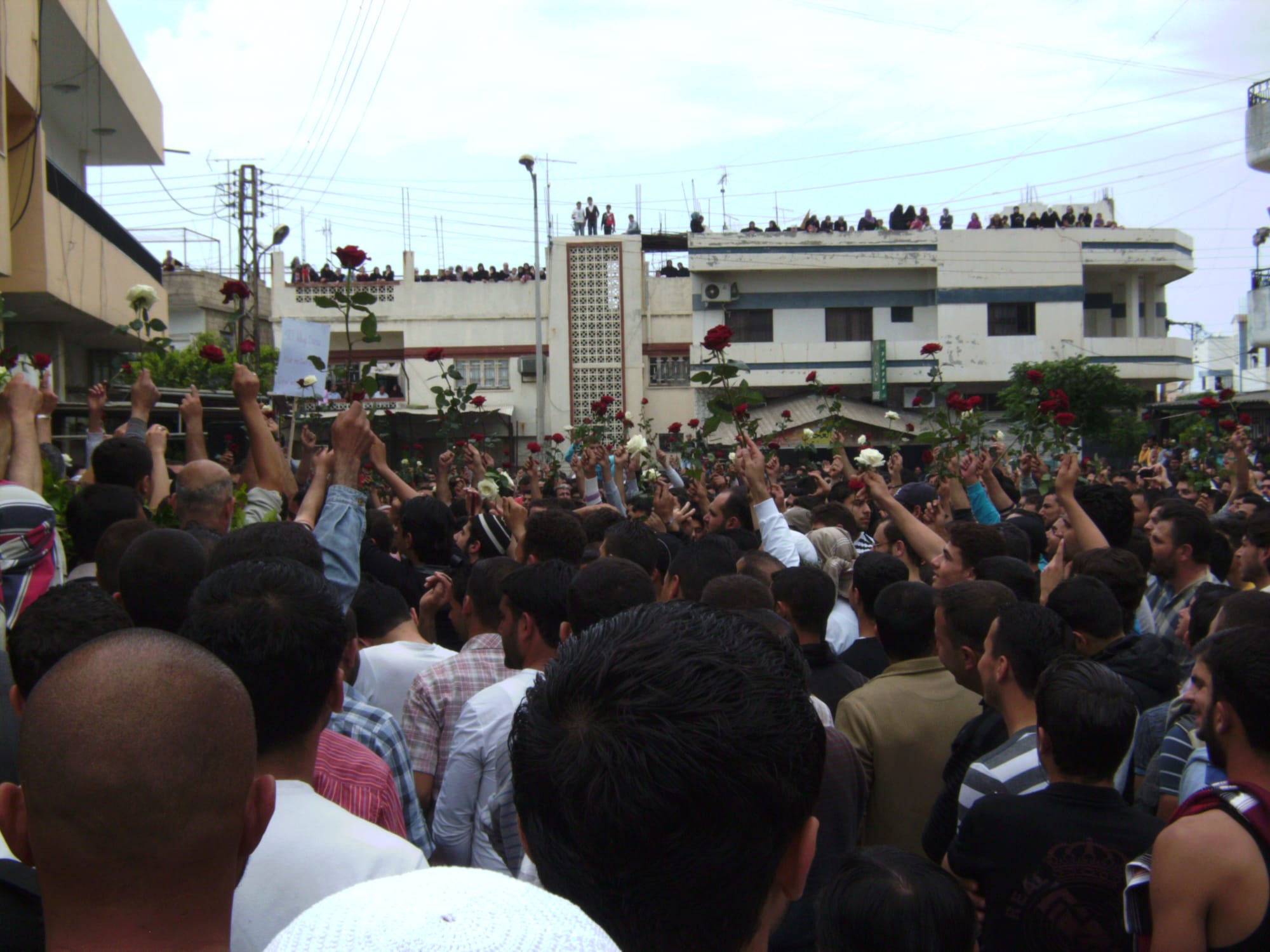
As the government's crackdown intensified, the protests evolved into an armed rebellion.
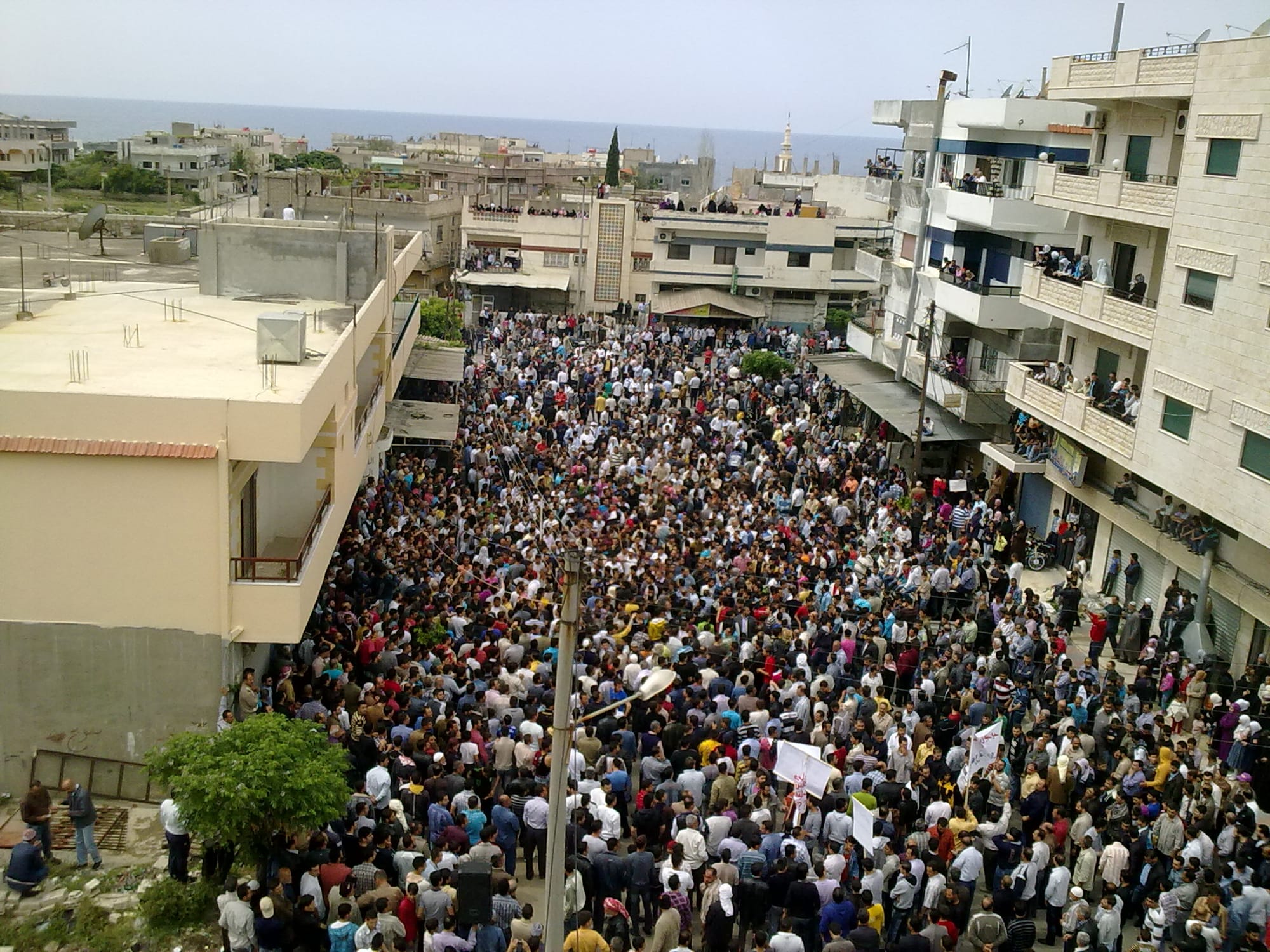
By mid-2011, soldiers who had defected from the Syrian military formed the Free Syrian Army (FSA) to fight against the regime, marking the transition from peaceful protests to a full-scale civil war.
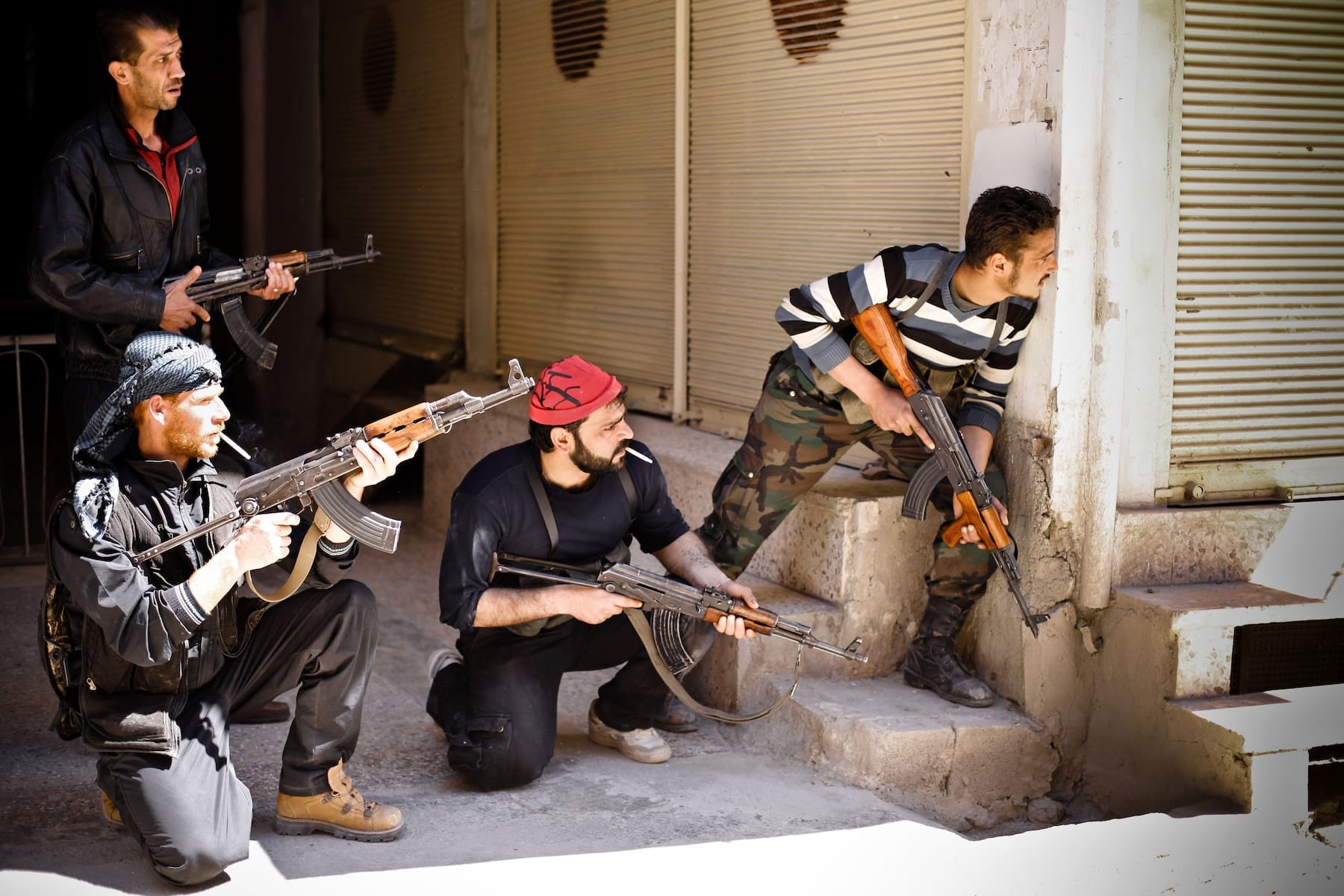
In 2012, the FSA and other armed opposition groups seized key cities in the north, including parts of Aleppo, Syria’s then largest city.
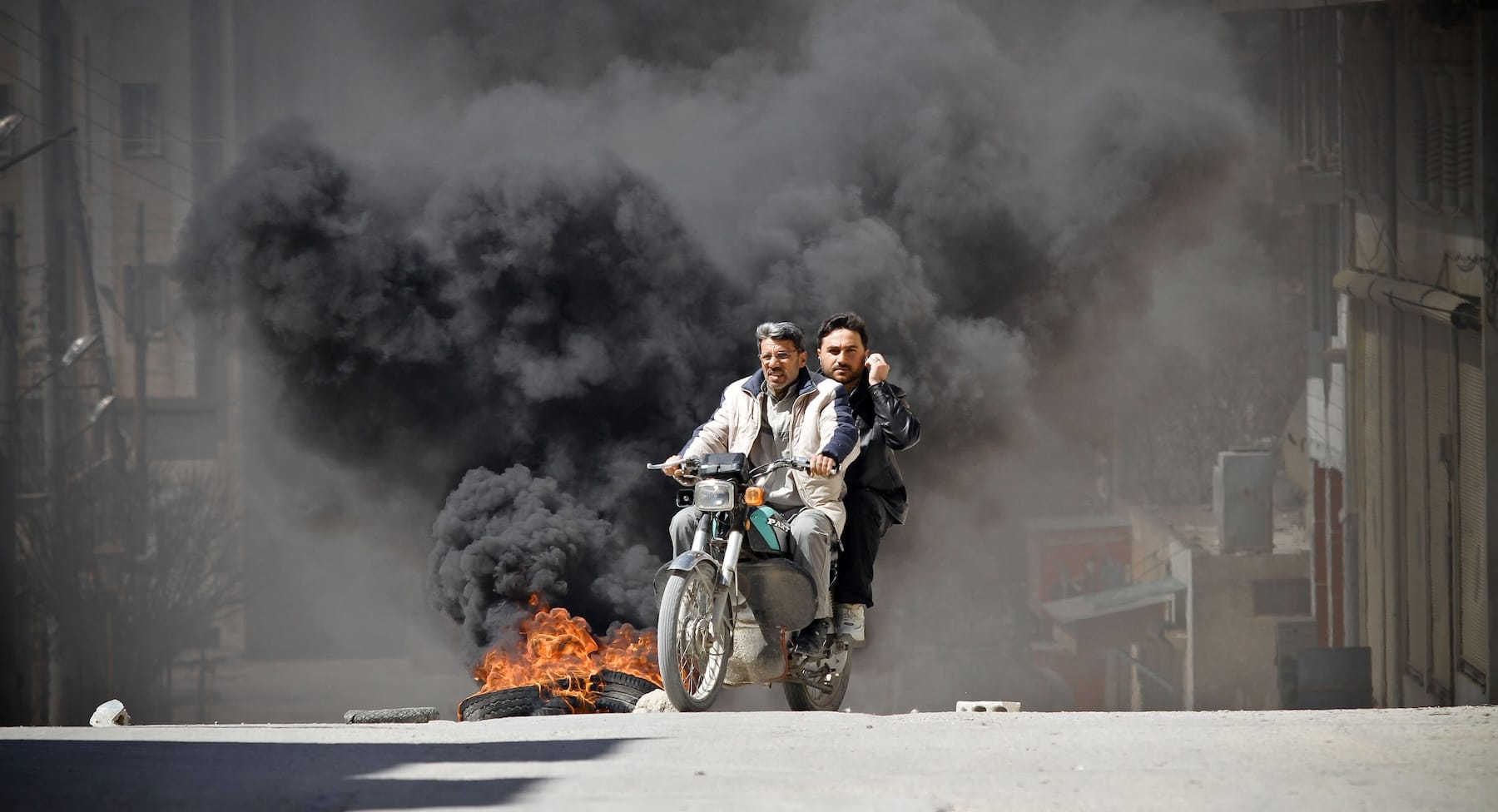
In 2013, extremist factions, including ISIS and Jabhat al-Nusra, emerged in the conflict, complicating the opposition landscape.
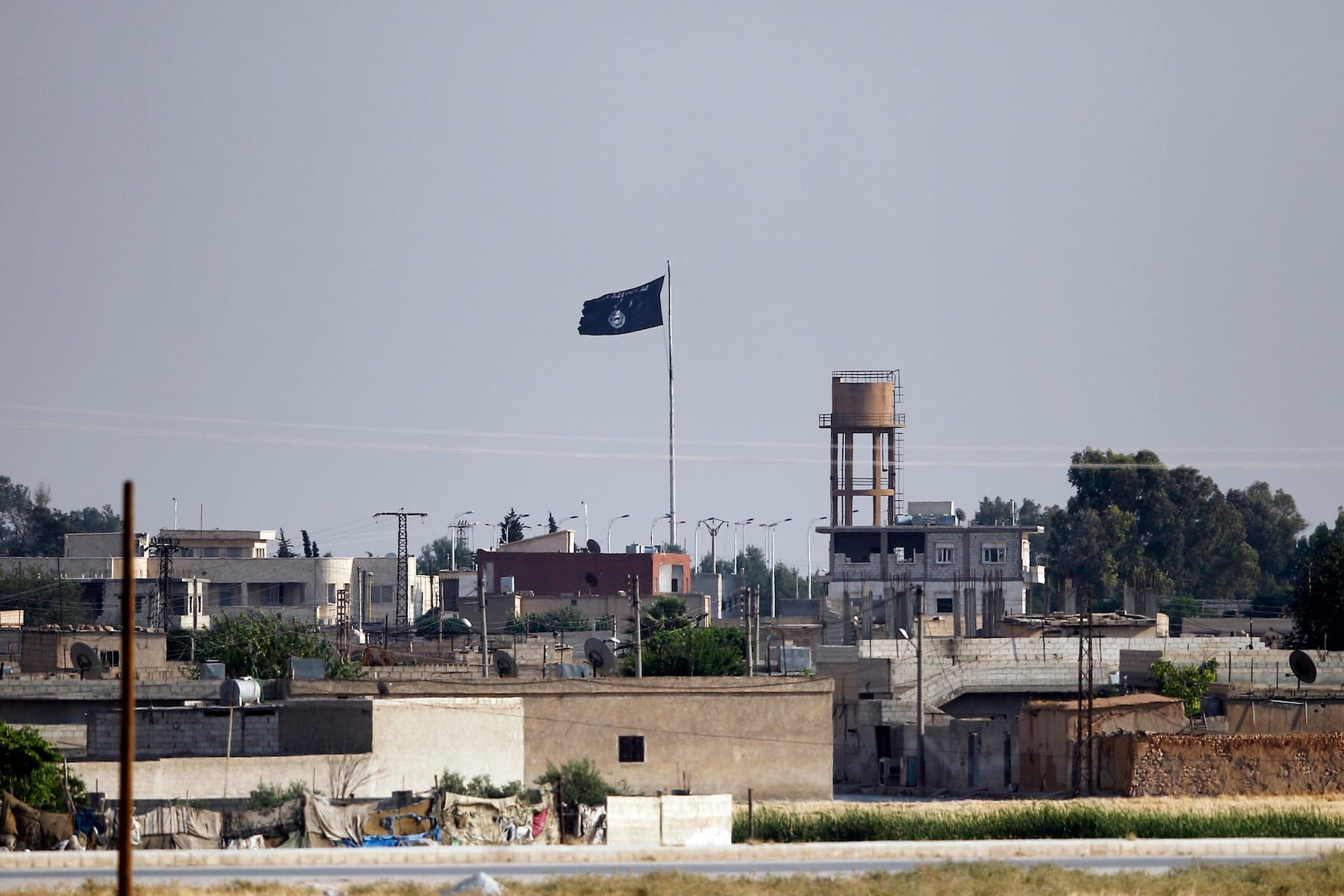
In 2014, ISIS captured Mosul in Iraq and expanded into Syria, declaring a caliphate.
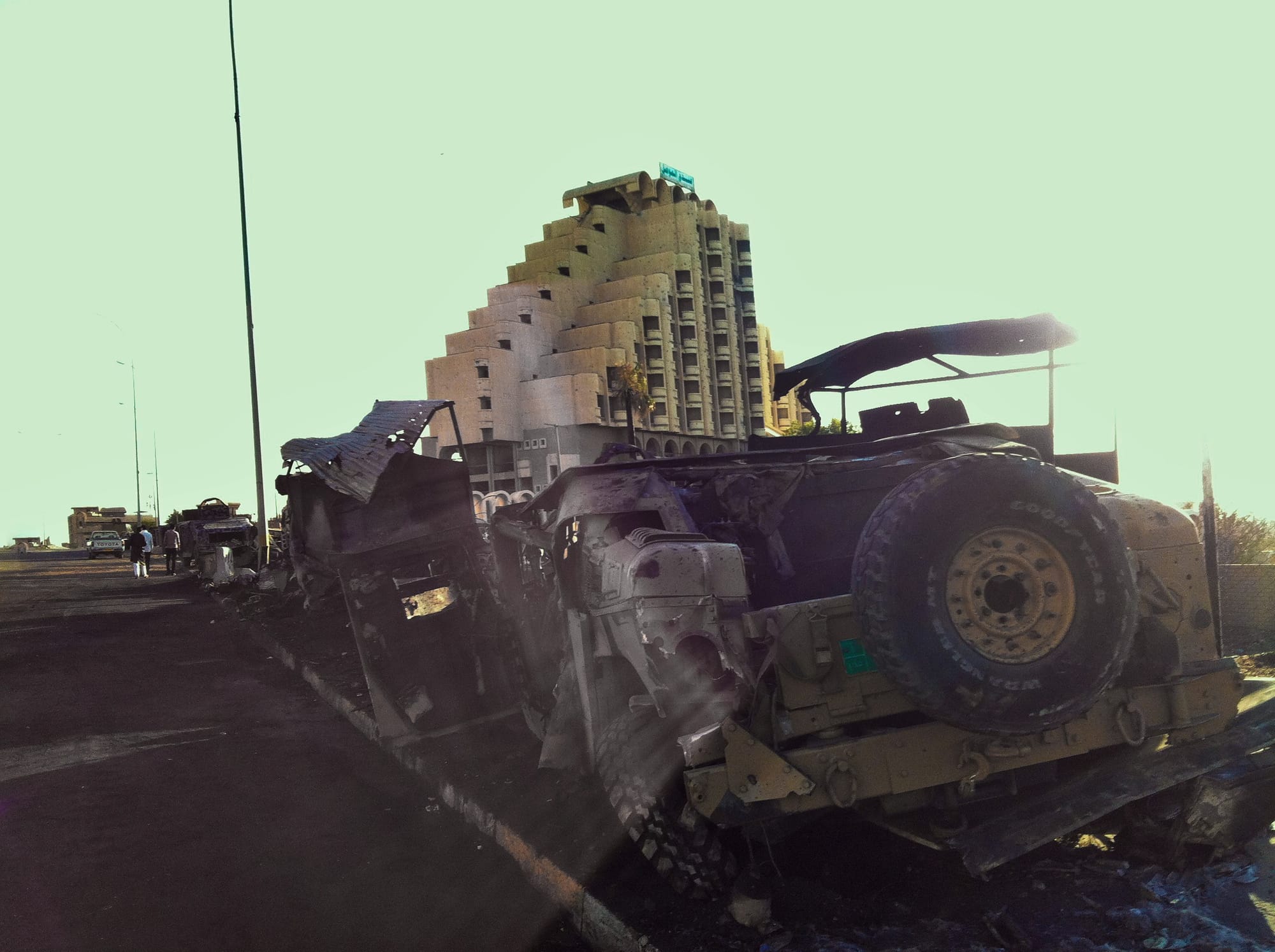
And then the US began launching airstrikes against ISIS in Syria as part of a broader coalition fighting ISIS.
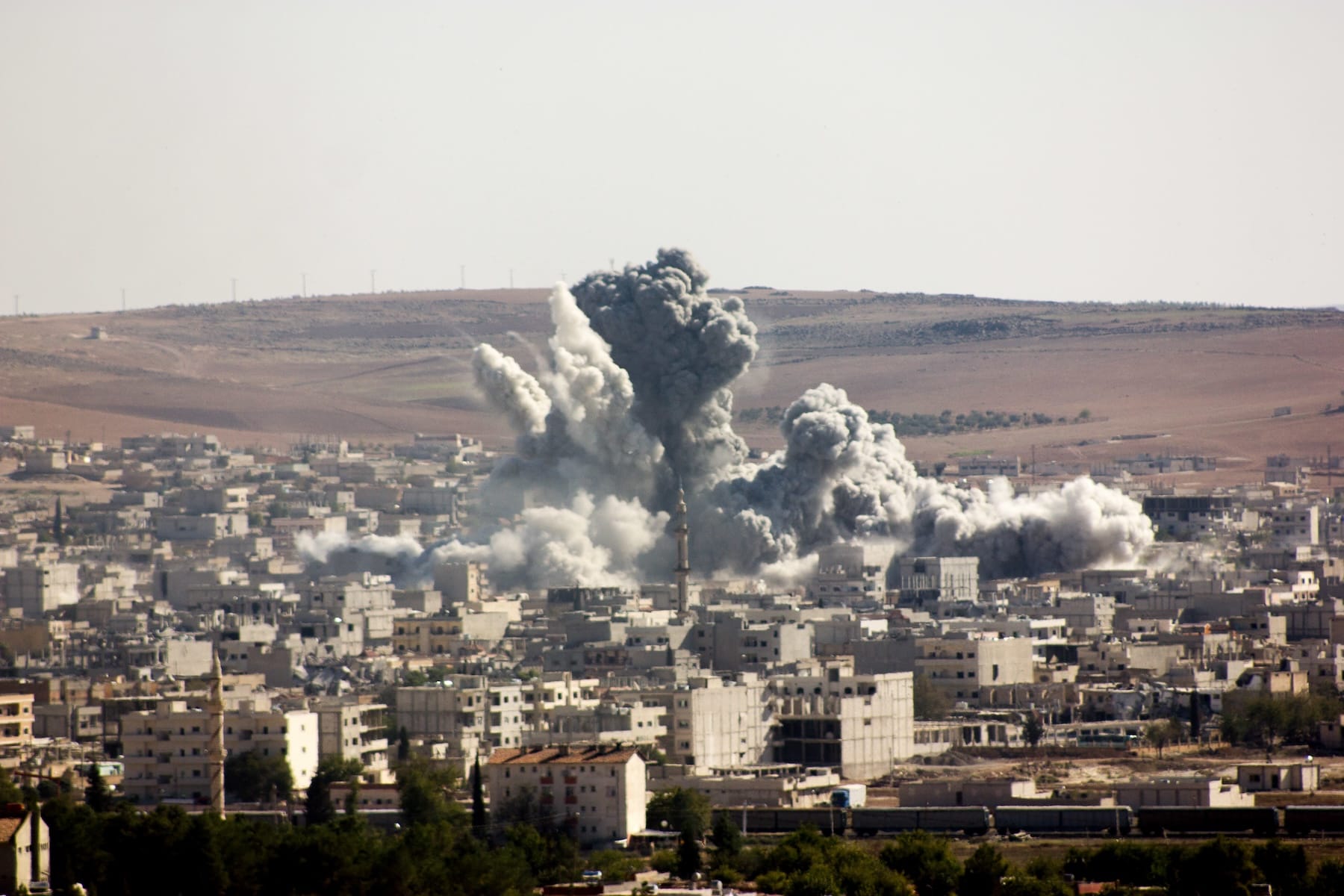
The civil war was worsened by international intervention.
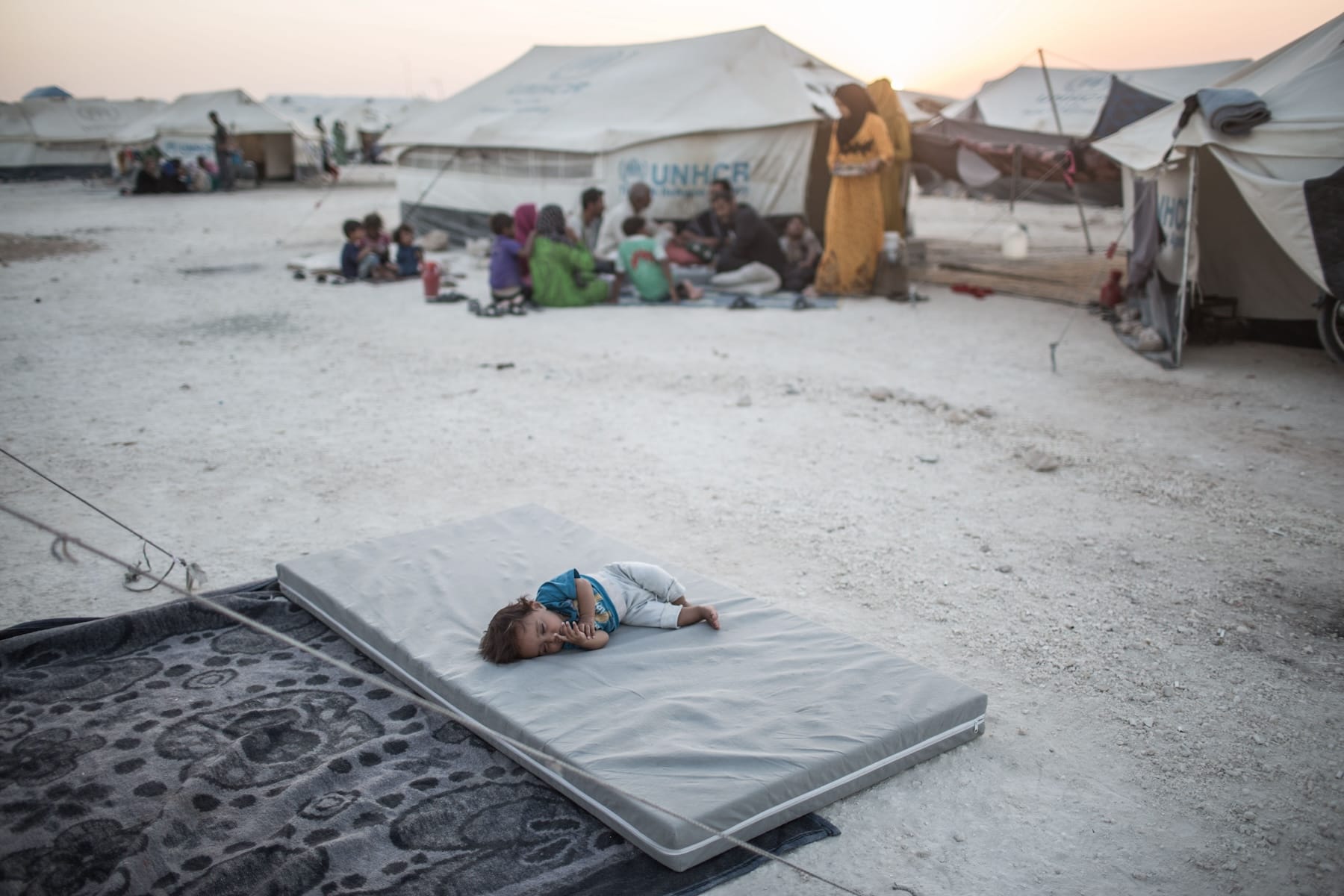
Iran and its ally Hezbollah backed Assad’s government and openly deployed fighters in Syria to help his regime.
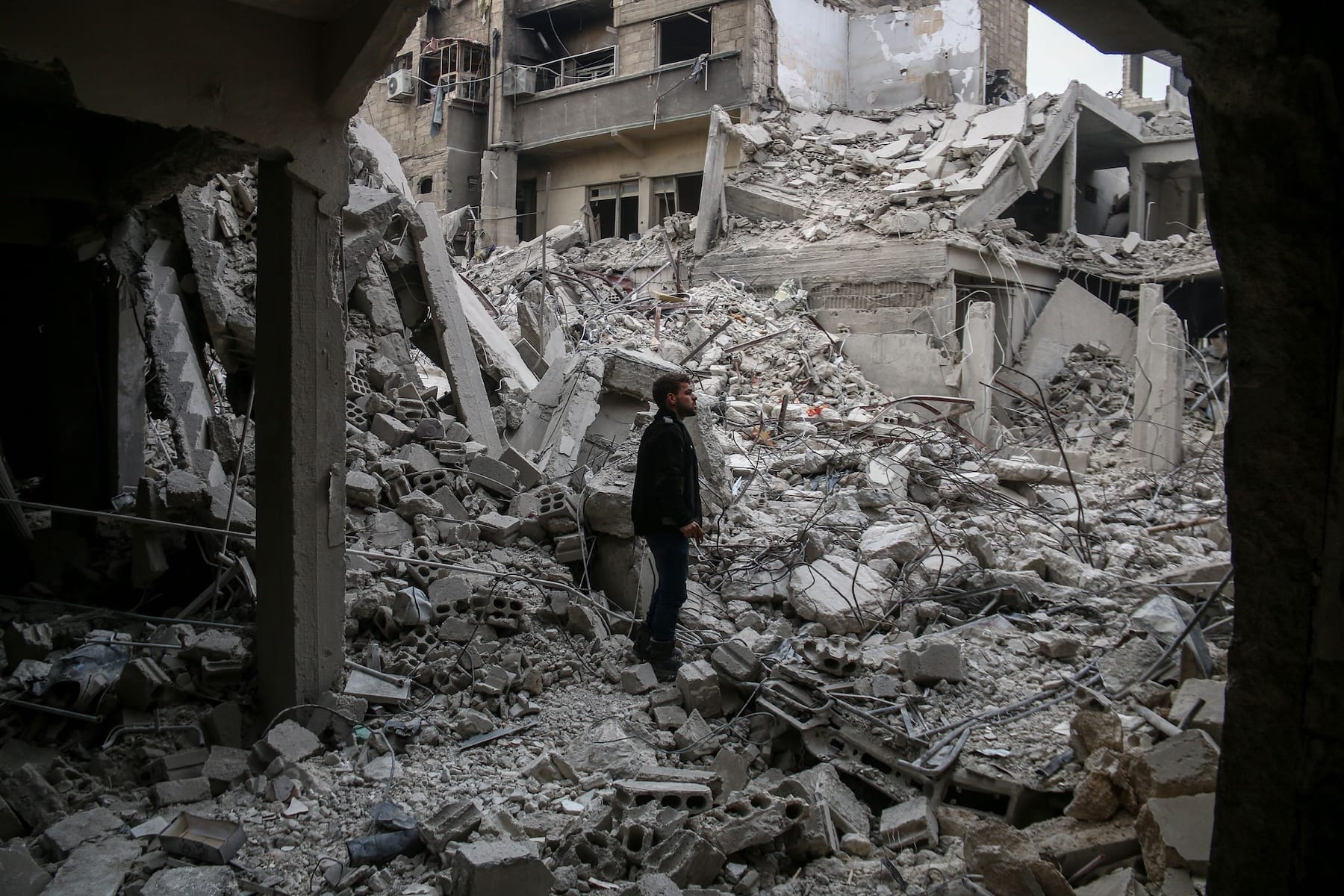
Russia has also been a staunch ally of Assad, providing military support.
Meanwhile, Turkey has been a significant supporter of opposition groups, aiming to counteract Kurdish forces it views as a threat due to their ties to the Kurdistan Workers' Party or PKK.
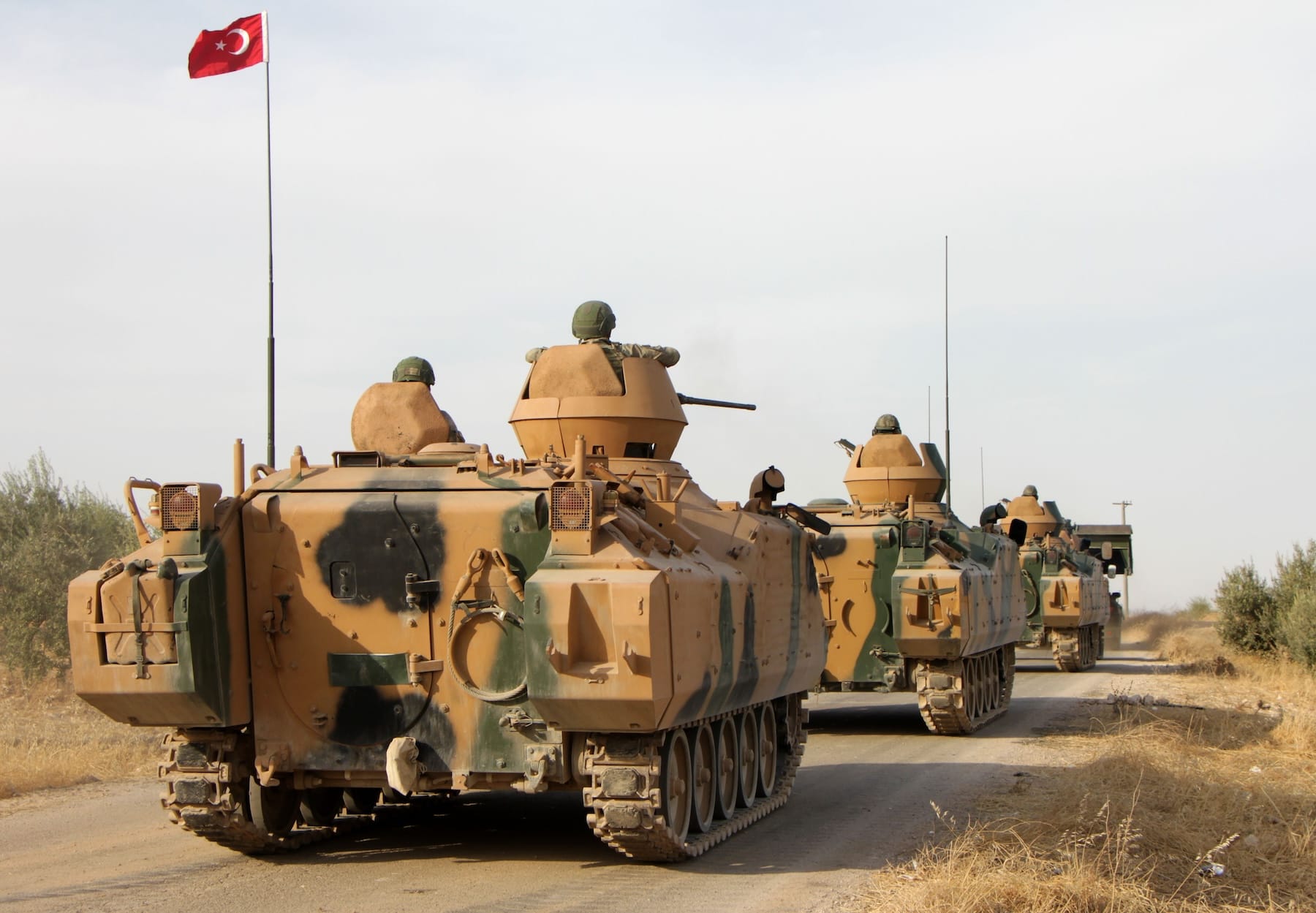
The US initially supported moderate opposition factions and later focused on combating ISIS, providing air support and training to Kurdish-led forces like the Syrian Democratic Forces (SDF).
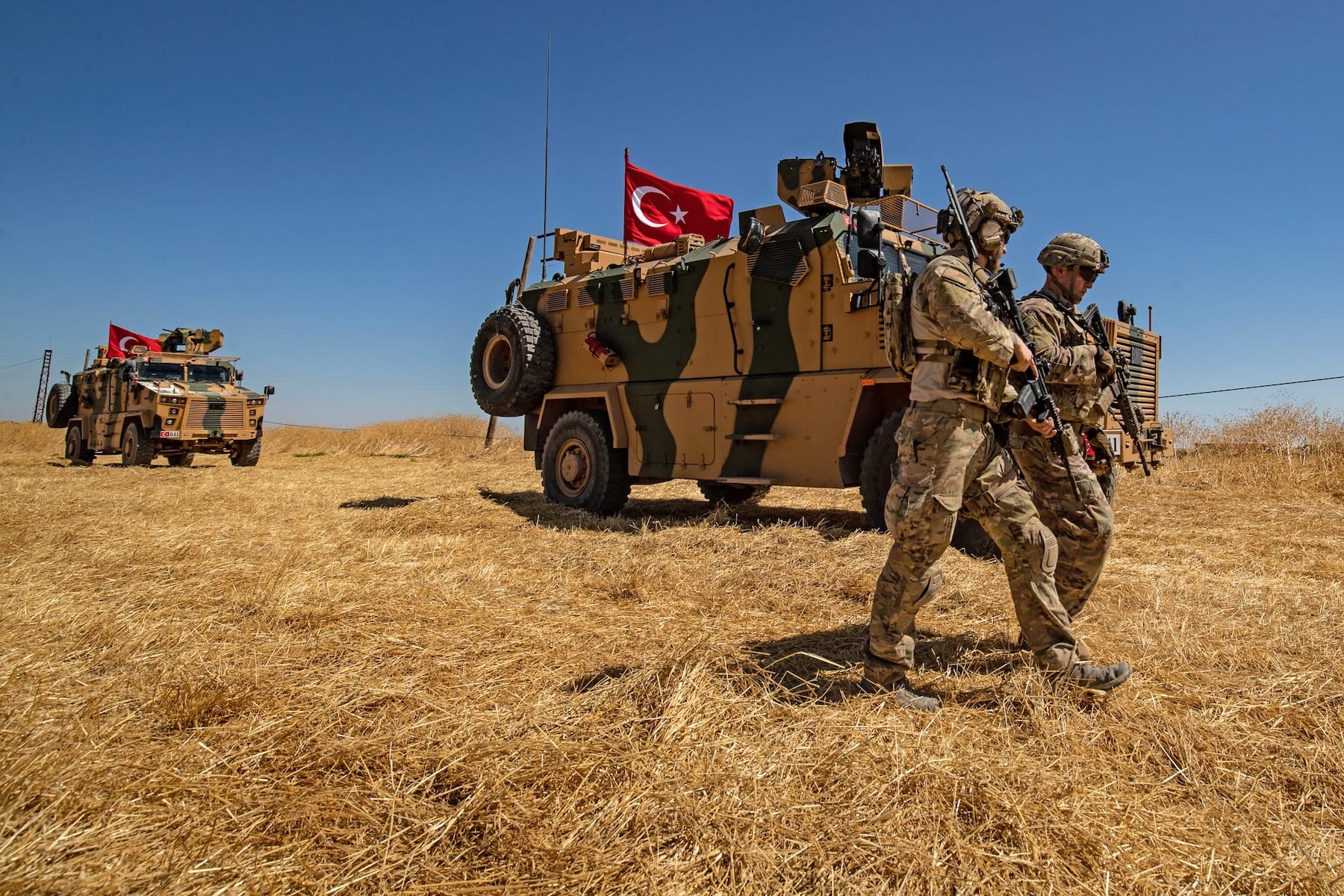
In 2016, with Iran and Russia's help, Assad's regime regained control over most of Syria including major cities like the capital, Damascus, Aleppo, Homs and Hama.
Since then, four main groups have been fighting for power and land in Syria
- The Al-Assad government, which controlled most of the country
- The Syrian Democratic Forces, a Kurdish-dominated, US-backed group that controls parts of eastern Syria
- Islamist group Hayat Tahrir al-Sham (HTS) and other allied opposition groups that control northwestern Syria, mostly Idlib province
- and Turkish and Turkish-aligned Syrian rebel forces in northern Syria.
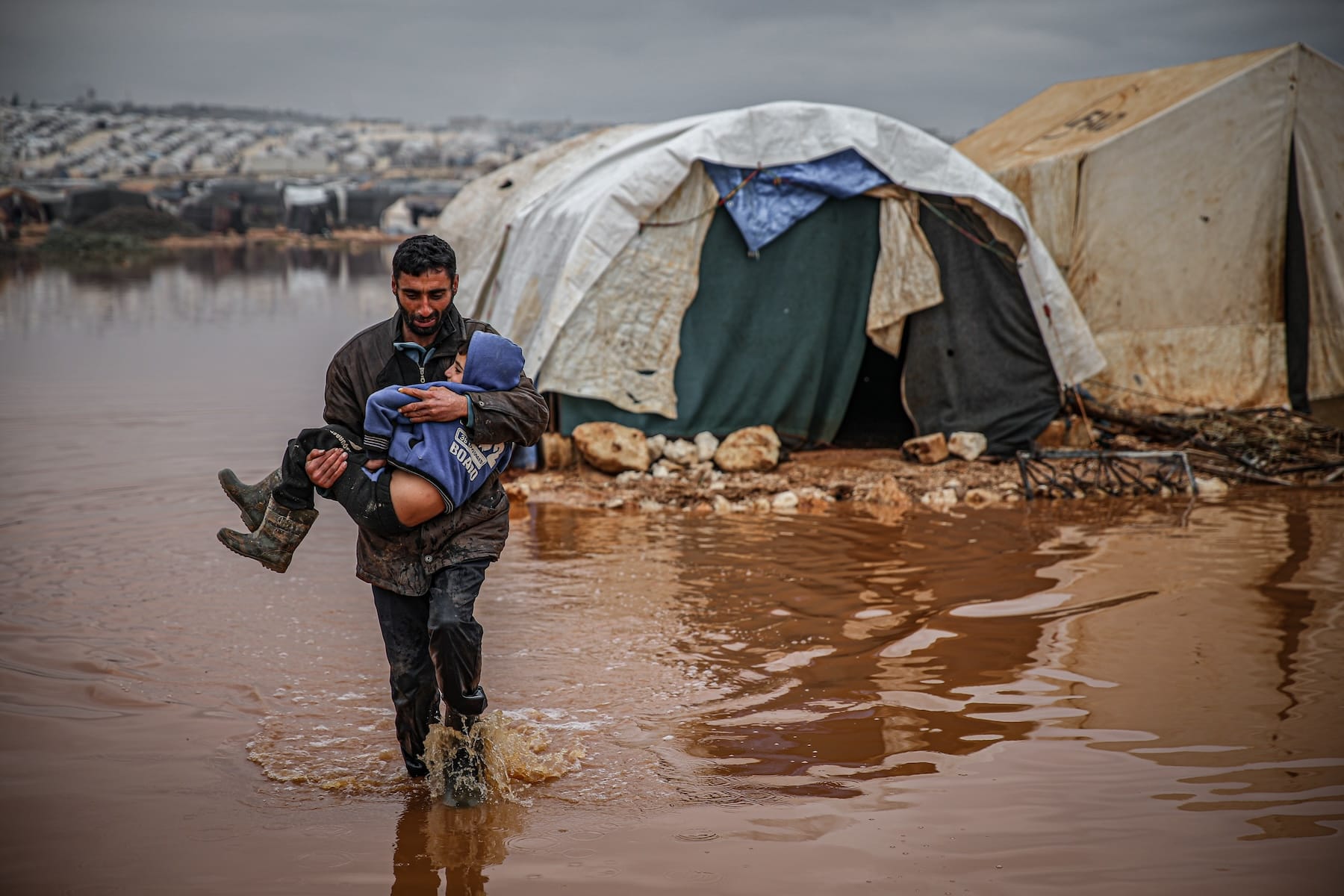
During all this, it was civilians who paid the heaviest price.
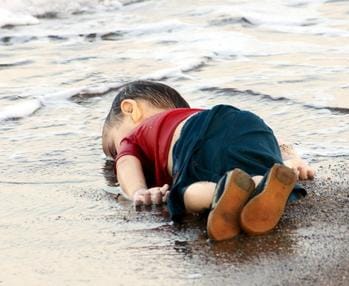
At least 617,910 people have been killed, more than a million have been injured and approximately 13 million people have been displaced either inside the country or became refugees as a result of the civil war.
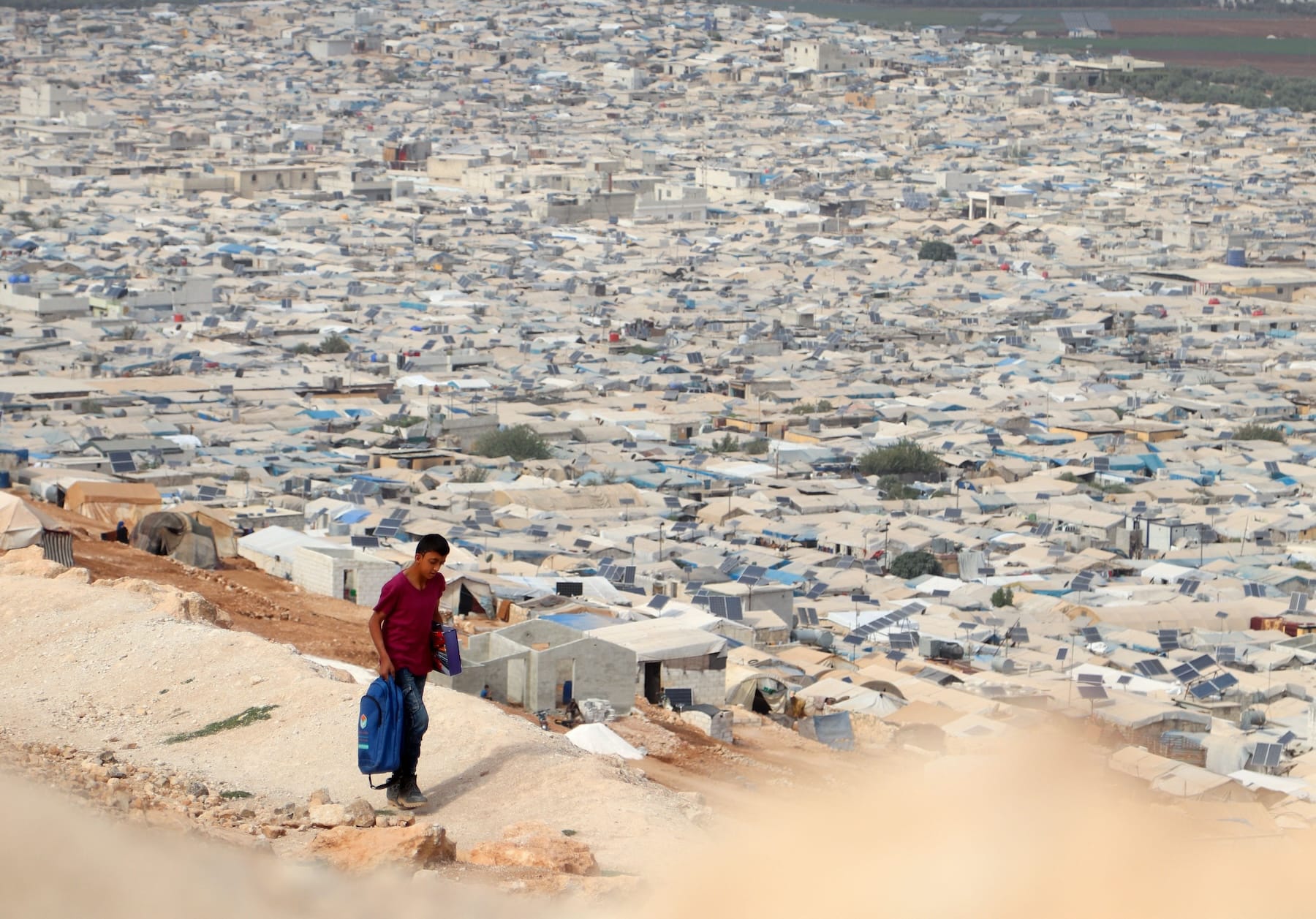
Fast forward to 2024, in a 12-day lightning offensive, armed rebel groups led by HTS launched a surprise attack on Nov. 27, advancing in government-held areas and seizing most of Aleppo, now the second-largest city in Syria, in just three days.
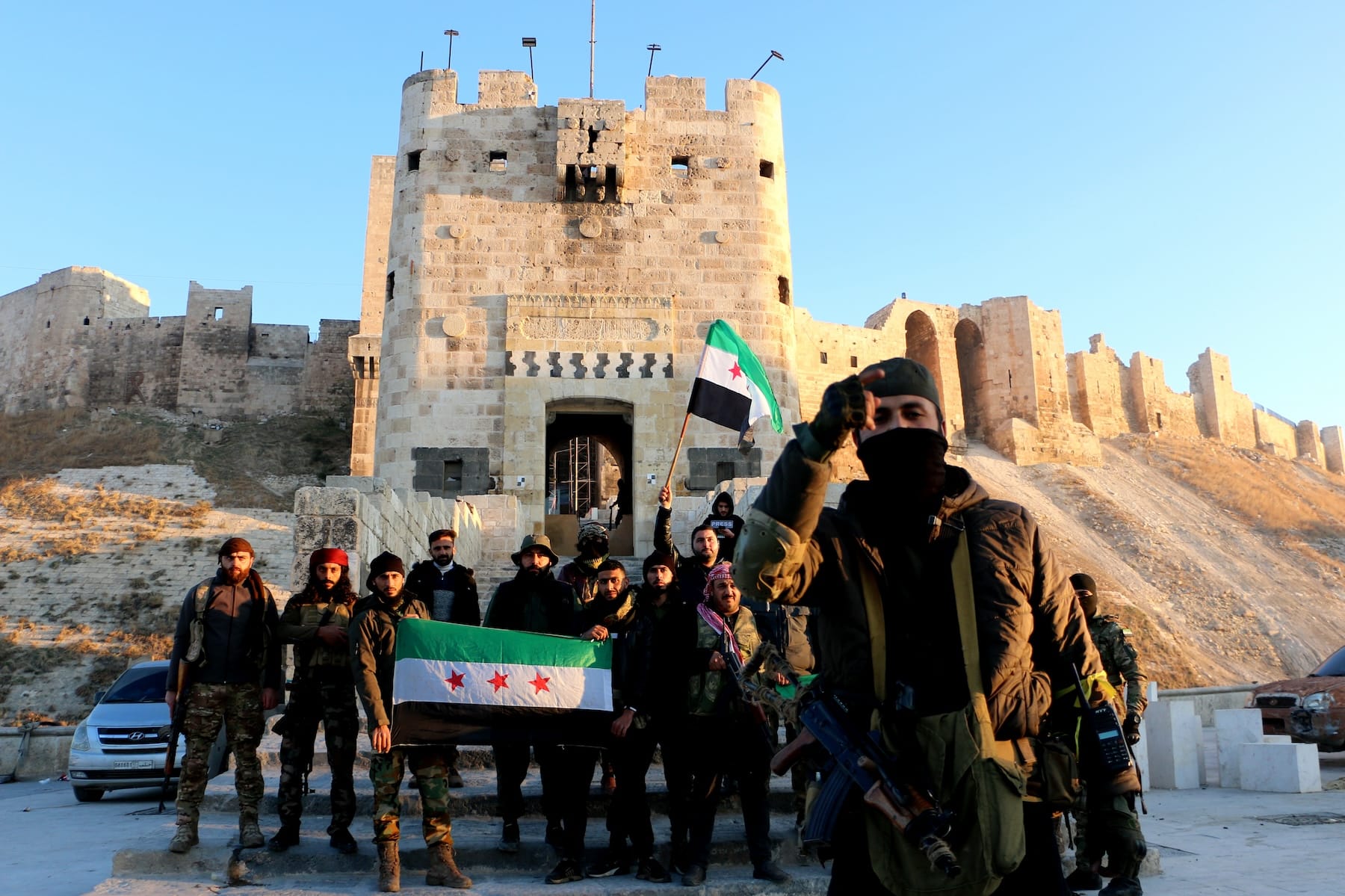
After taking over Aleppo, rebel forces announced in the early hours of Dec. 8, that they had captured Damascus and overthrown al-Assad.
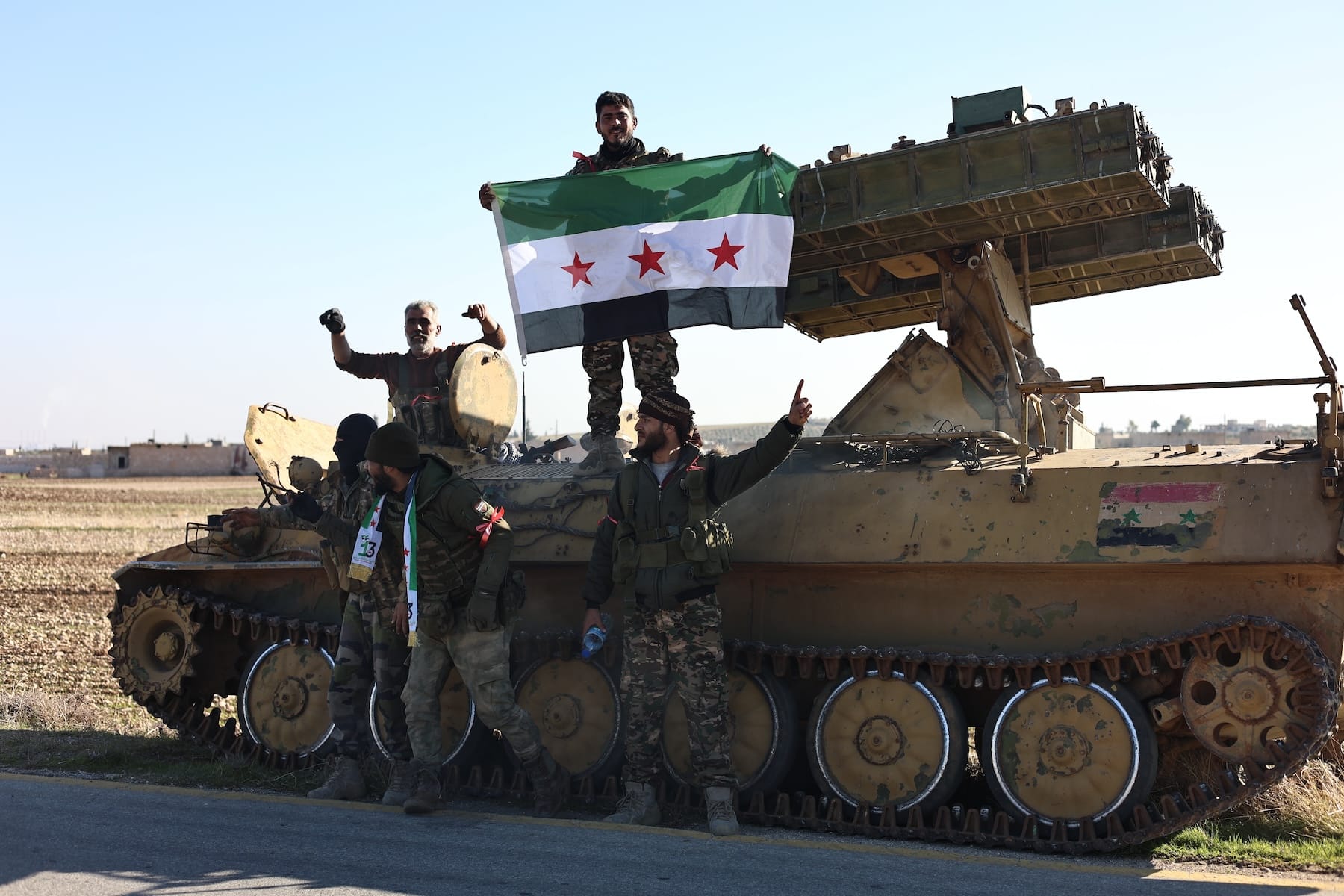
Assad fled Syria and sought asylum in Russia but left behind him a trail of torture, corruption and mass disappearance.
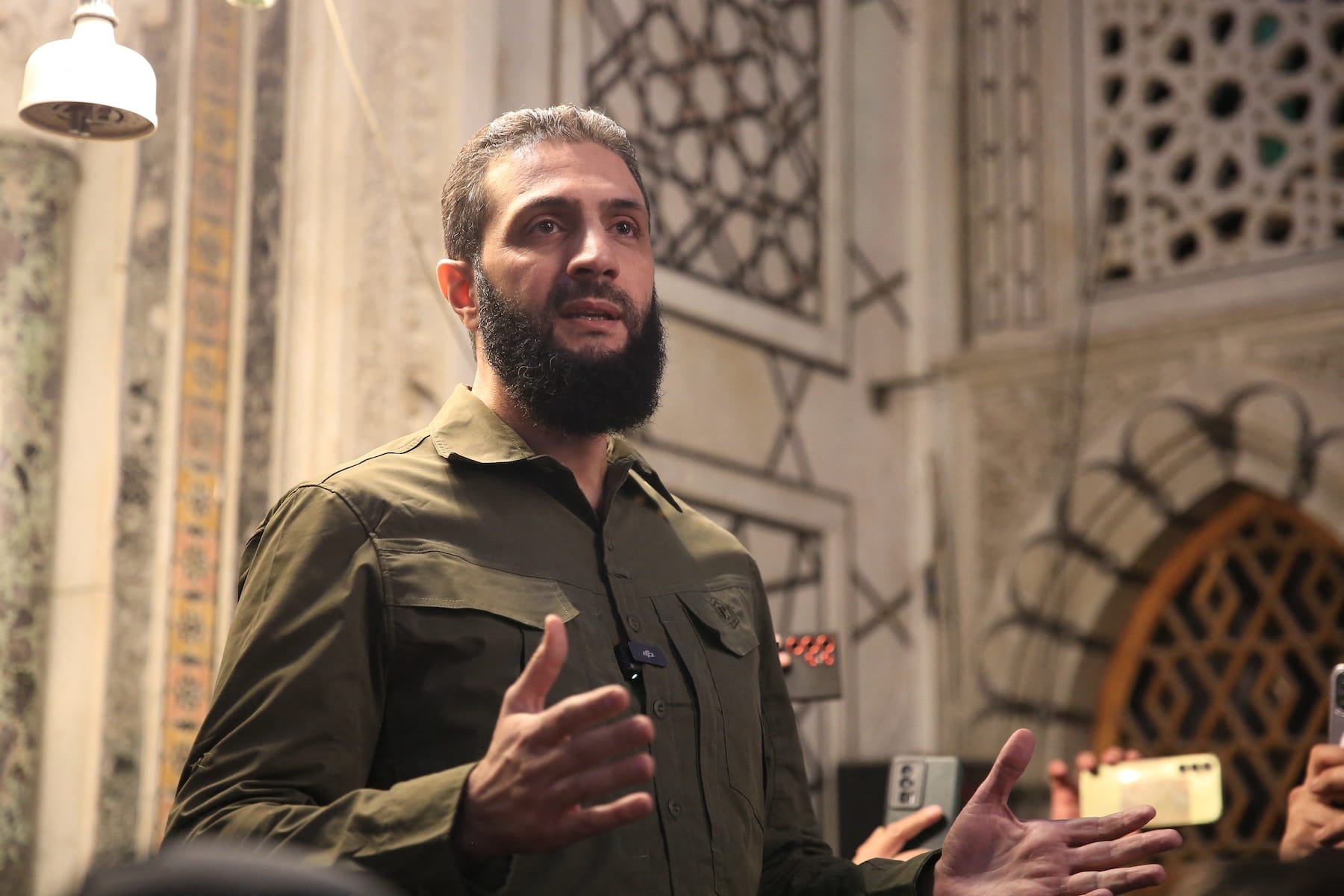
HTS now controls most of Syria and a transitional government has been formed to lead the country until March 2025.
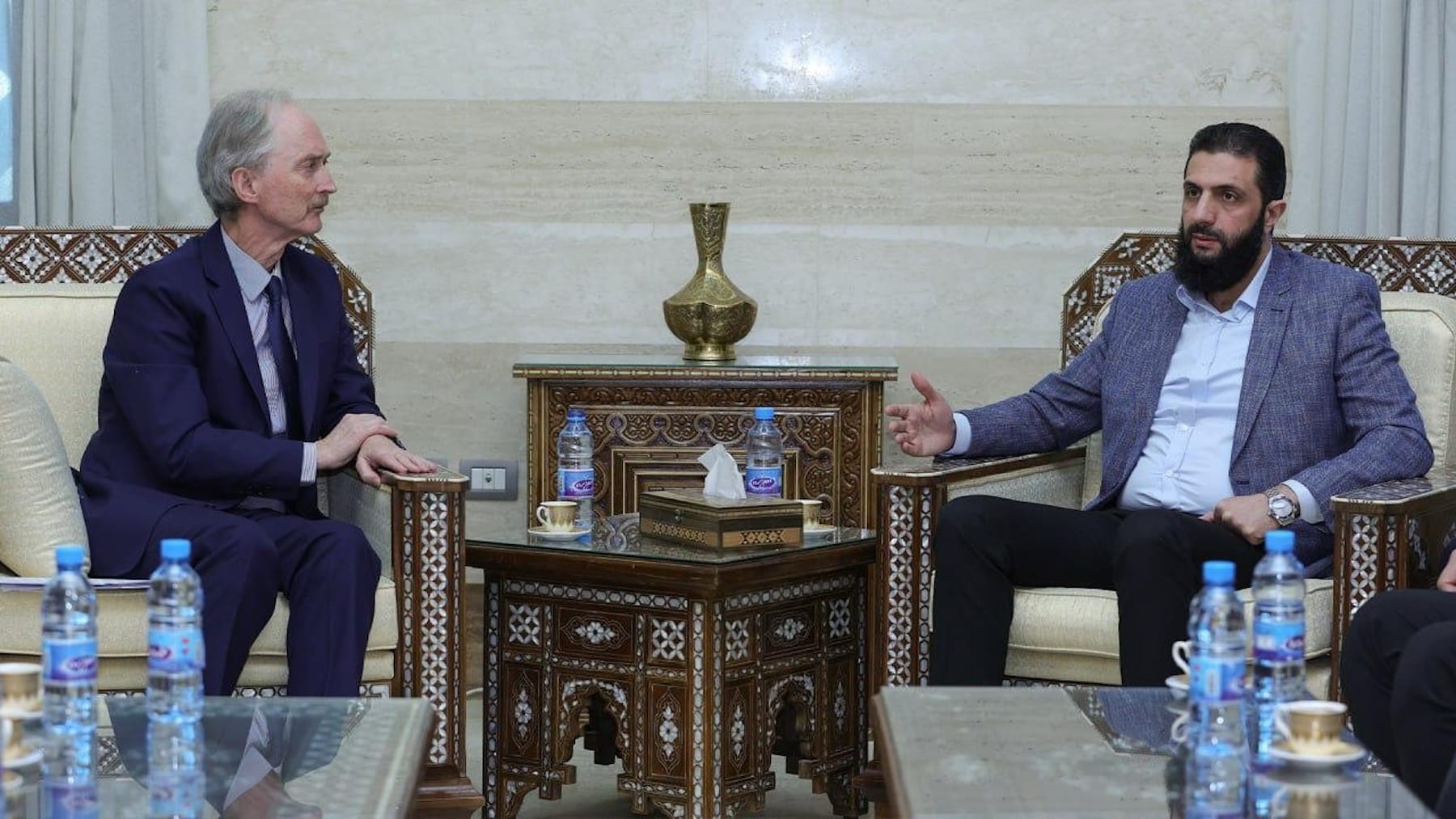
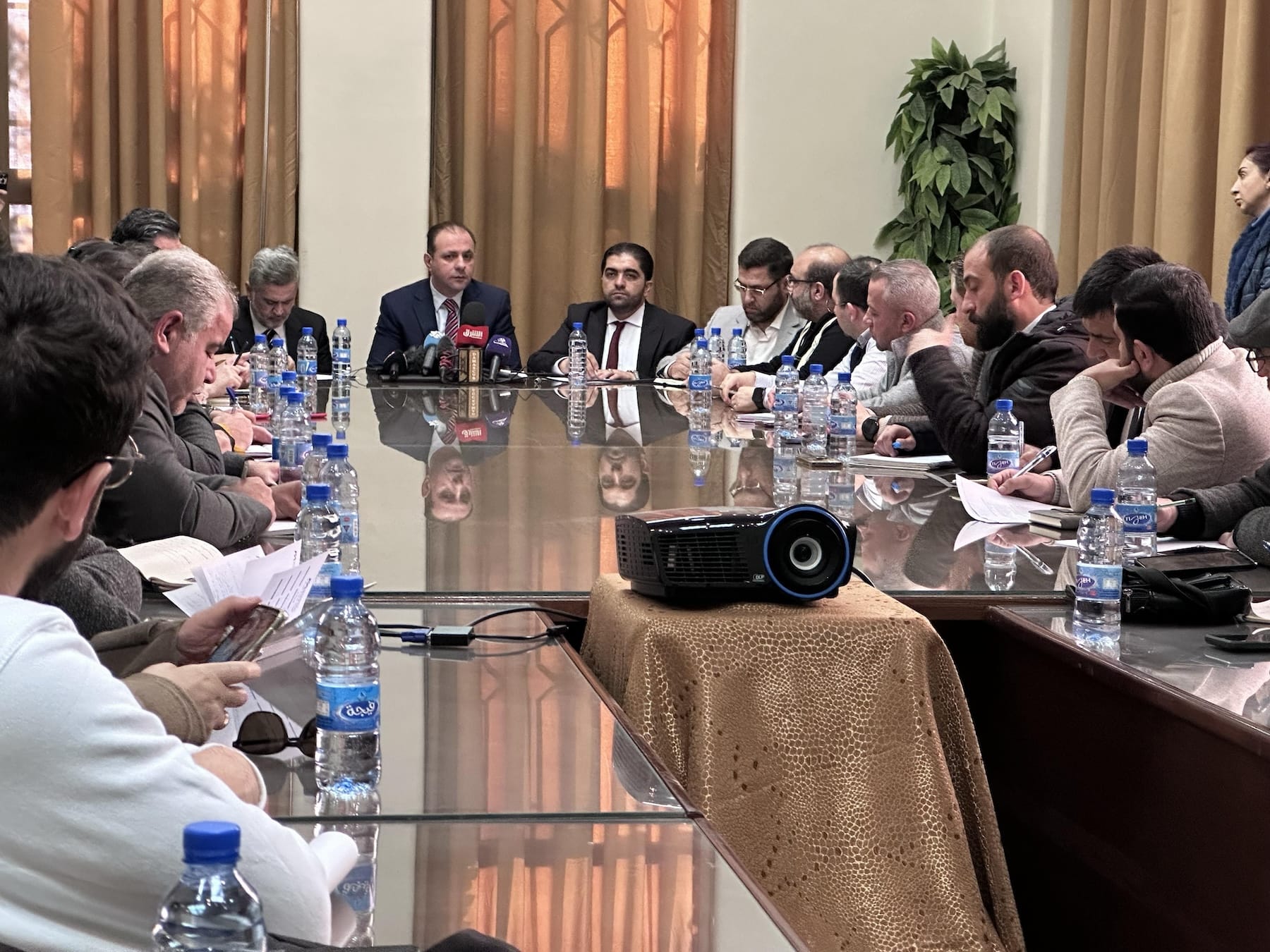
More On Syria
